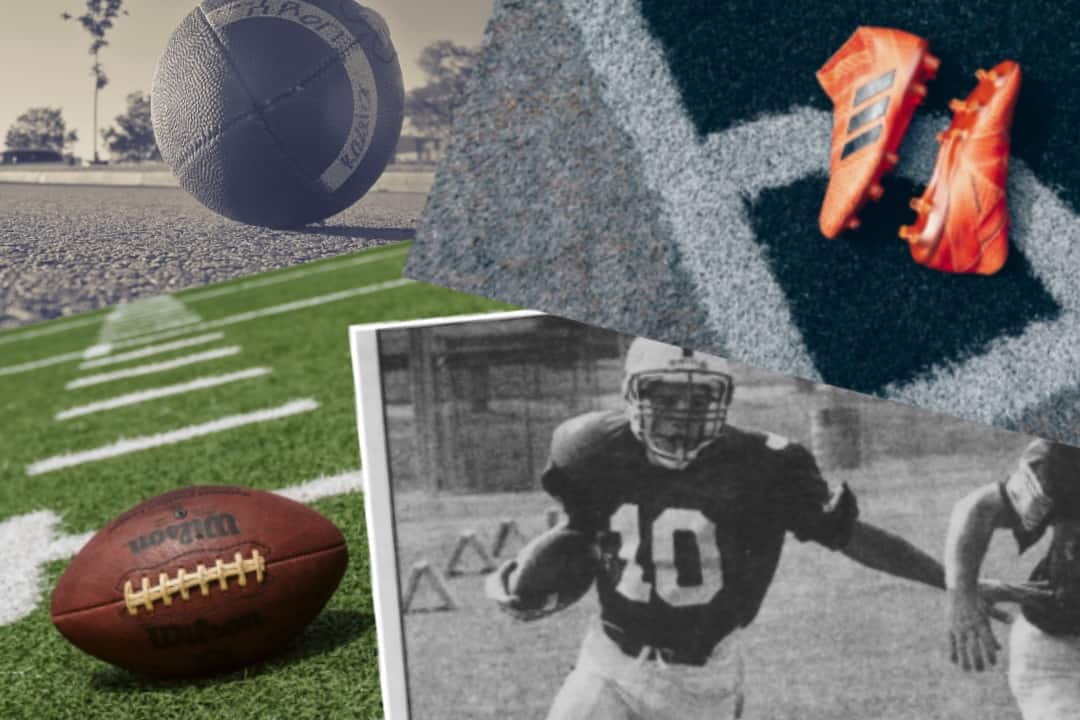Sports and current affairs have a storied and intertwined history, serving as podiums for a projection of the moment in which we live.
Nothing serves as a better example of that than how professional and university-level athletics have responded to the COVID-19 pandemic: the NHL and NBA have had to modify their seasons by introducing the “bubble league,” and the NFL has also introduced certain modifications for play.
Canadian universities have had to rethink their strategy for practices as well, and game and season cancellations have been ubiquitous across the nation. That means our very own Varsity Blues are dealing with the hiccups and new red tape of COVID-19 protocols.
Although these times are indeed unprecedented, they are not unique: the 1918 influenza pandemic saw an equally widespread threat of destruction and a similar magnitude of effects on the practices, routines, and seasons of athletes.
1918 football in the US
The Wall Street Journal published an article about how football teams in the US responded to the 1918 pandemic and what the consequences of those responses were.
The 1918 influenza pandemic was more lethal than today’s coronavirus has been, posing an especially fatal risk to 20–40 year olds — college football-aged men. At first, the US War Department thought football would pose a distraction to army training, but ultimately, the irresistible metaphor of football as combat was too good to pass up in wartime America.
After much strife and uncertainty in the months leading up to the college football season, it was decided that it would continue, unimpeded by the pandemic. Military teams sprang up in boot camps and army bases, and college campuses filled their depleted rosters with first-years.
A couple laughable measures were put in place by the War Department to prevent spread: practice time was reduced and travel for games could only happen on Saturday afternoons. Those universities that had enough players who survived the war and the pandemic thus far returned to play, with some schools, like Michigan State University, forcing their athletes to play with gauze over their mouths as well.
With accurate information about the flu being censored to keep war morale high in the final stage of fighting and the sport providing an apt avenue for patriotism, a lot of college football teams were set up to fail. It is unclear how many players died on military bases and college campuses, but many did, and as students were shuttled off campus because of the disease, it became increasingly difficult to maintain a season.
The season ended officially because of “time constraints placed on Army training corps players,” but by that point, the US’ life expectancy had plunged 12 years from the year before, and an unspeakable number of casualties from the pandemic could be attributed to organized sports.
2020 for the Varsity Blues
Intrigued at the unique opportunity to compare and contrast the two responses to pandemics, The Varsity sat down to speak with Varsity Blues football players to discuss how their routines have been disrupted. Has Canada learned anything from responses to the previous pandemic? How do we prevent similar destruction?
Maxwell Gyimah, a third-year running back for the Blues, and Josh Nikolic, a third-year wide receiver, explained the measures in place for their team, which are decidedly more involved than wearing gauze on their faces: “We don’t really have any football-specific training,” Gyimah said. “We don’t really get to practice because of the nature of the sport.”
However, Gyimah did emphasize their three physically-distanced strength and conditioning sessions a week and the possibility of speed and conditioning training in October. Overall, though, the precautions for return-to-play protocols are respectable: after all, there is no world war or widespread journalistic censorship this time around to pose obstacles to health guidelines.
“Personally, the first week back, just getting in the weight room with the guys — the team morale was high,” Nikolic said. “We just went five, six months only seeing each other on Zoom… To be as a team and to work out is good enough, for now. We understand that it’s a global pandemic.”
Just like the 1918 influenza pandemic, this one will end and football will resume — and hopefully with fewer casualties. “We’ll get to practicing. This is just the first step in getting the boys back together,” Nikolic said.


